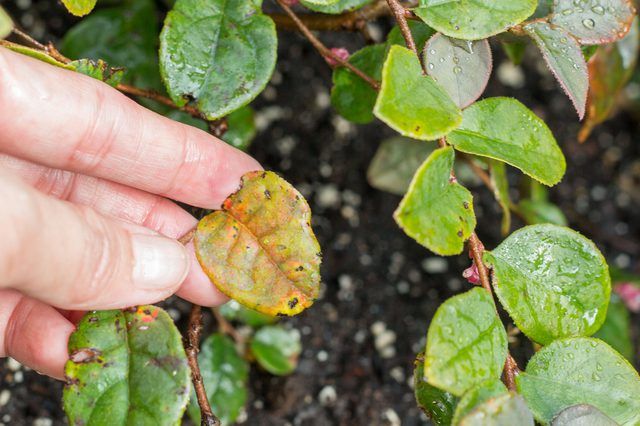Bulbs
Flower Basics
Flower Beds & Specialty Gardens
Flower Garden
Garden Furniture
Garden Gnomes
Garden Seeds
Garden Sheds
Garden Statues
Garden Tools & Supplies
Gardening Basics
Green & Organic
Groundcovers & Vines
Growing Annuals
Growing Basil
Growing Beans
Growing Berries
Growing Blueberries
Growing Cactus
Growing Corn
Growing Cotton
Growing Edibles
Growing Flowers
Growing Garlic
Growing Grapes
Growing Grass
Growing Herbs
Growing Jasmine
Growing Mint
Growing Mushrooms
Orchids
Growing Peanuts
Growing Perennials
Growing Plants
Growing Rosemary
Growing Roses
Growing Strawberries
Growing Sunflowers
Growing Thyme
Growing Tomatoes
Growing Tulips
Growing Vegetables
Herb Basics
Herb Garden
Indoor Growing
Landscaping Basics
Landscaping Patios
Landscaping Plants
Landscaping Shrubs
Landscaping Trees
Landscaping Walks & Pathways
Lawn Basics
Lawn Maintenance
Lawn Mowers
Lawn Ornaments
Lawn Planting
Lawn Tools
Outdoor Growing
Overall Landscape Planning
Pests, Weeds & Problems
Plant Basics
Rock Garden
Rose Garden
Shrubs
Soil
Specialty Gardens
Trees
Vegetable Garden
Yard Maintenance
How to Care for Loropetalum Plants
How to Care for Loropetalum Plants. Sometimes called Chinese fringe-flower, loropetalum (Loropetalum chinense) is an evergreen shrub species grown for its frilly flowers and graceful, spreading growth habit. It performs best within U.S. Department of Agriculture plant hardiness zones 7 to 10, where it is used in foundation plantings or as an...
Sometimes called Chinese fringe-flower, loropetalum (Loropetalum chinense) is an evergreen shrub species grown for its frilly flowers and graceful, spreading growth habit. It performs best within U.S. Department of Agriculture plant hardiness zones 7 to 10, where it is used in foundation plantings or as an informal hedge. Loropetalum shrubs are typically low maintenance once established in a bright location with moist, well-drained soil. However, most benefit from routine seasonal care to enhance their flowering and maintain their long-term health and vigor.
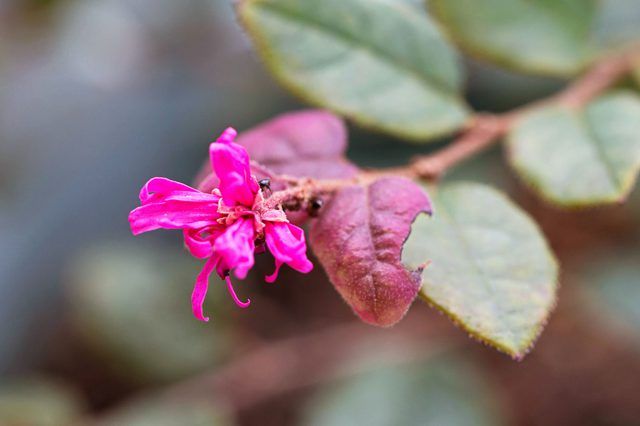
Things You'll Need
10-8-8 ratio fertilizer
Pruning shears
Lightweight organic mulch
0.5-percent ferrous sulfate solution
0.5-pounds powdered copper sulfate pentahydate
0.25-pounds hydrated lime
Step 1
Water established loropetalum shrubs weekly during the summer months. Run a hose on low volume at the base of the trunk for 10 to 15 minutes, or until the soil feels very moist in the top 4 inches. Withhold water during the autumn and winter months, or any time of year within one week of rainfall. Avoid splashing water on the leaves.
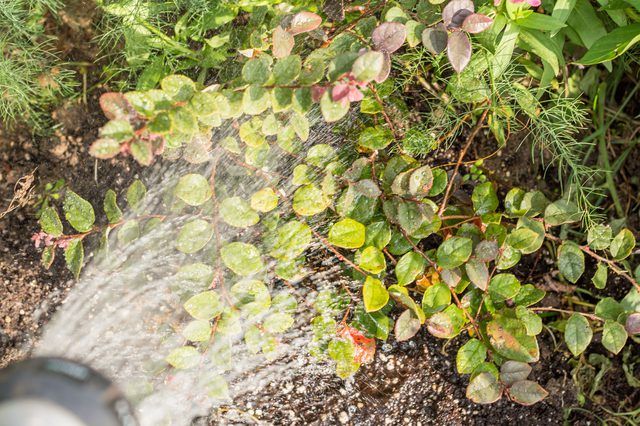
Step 2
Feed loropetalum shrubs three times annually in mid-spring, early summer and midsummer. Use a granular acidifying fertilizer with an N-P-K number of 10-8-8 or 10-6-8. Spread the fertilizer onto moist soil beneath the shrub's drip-line at a rate of 4 ounces per foot of height; for example, a 12-foot-tall loropetalum needs 48 ounces, or 3 cups, of fertilizer at each feeding. Reduce the amount of fertilizer by half if the shrub is growing under shaded conditions.
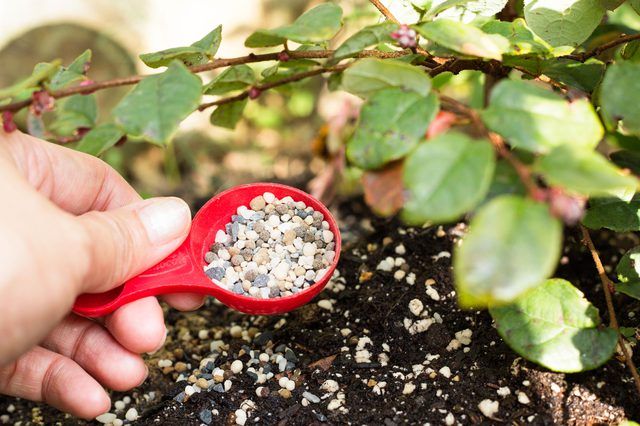
Step 3
Prune in mid-spring to control the shrub's size, and remove any dead or damaged branches. Do not prune to shape because the shrub's naturally attractive, spreading growth habit may be irreparably altered. Use sharp, clean pruning shears when pruning and remove no more than one-third of the branch length. Soak the pruning shears in a solution of 1 part bleach and 3 parts water for at least five minutes to sanitize them, then rinse them in clean water and dry them before use.
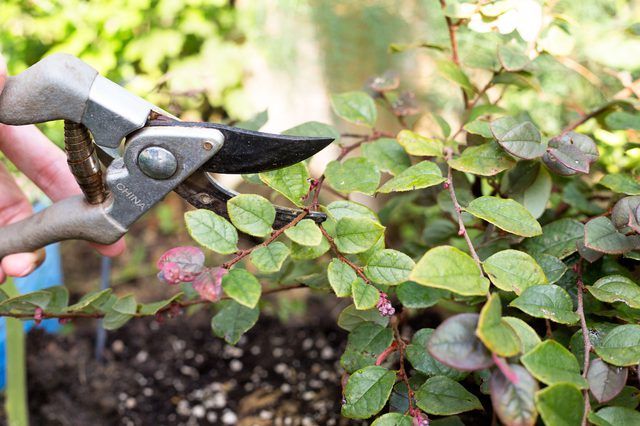
Step 4
Spread a new layer of mulch beneath the drip-line of the loropetalum each spring after the soil warms and new growth emerges. Apply the year's first application of fertilizer to the bare soil before spreading the new mulch. Use lightweight organic mulch such as wood chips, and make the layer roughly 2 to 3 inches deep to keep the soil moist and any new weed growth at bay.

Step 5
Watch for signs of nutrient deficiencies such as iron chlorosis if the local soil pH is above 6.5, or neutral. Look for yellow leaves and a general sickly appearance. Reduce watering by half if signs of iron chlorosis occur. Treat minor chlorosis by spraying the foliage liberally with a ready-to-use 0.5-percent ferrous sulfate solution. Repeat applications until the symptoms subside.
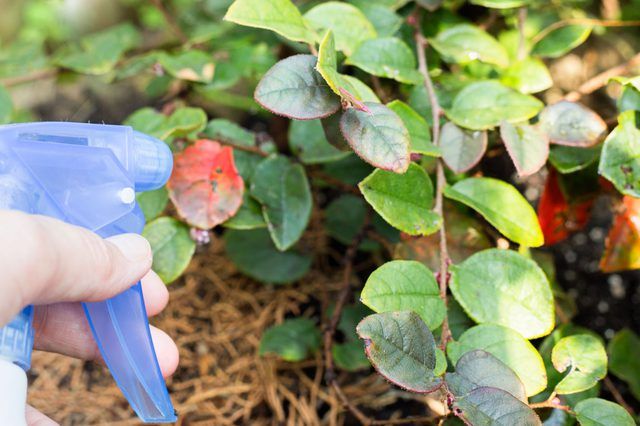
Step 6
Watch for signs of illness such as loropetalum decline if growing the shrub in the southeastern United States. Look for stunted growth or a generally unhealthy appearance. Withhold water to see if the symptoms resolve on their own. If symptoms persist, spray the foliage liberally with a solution of 0.5-pounds of powdered copper sulfate pentahydate and 0.25-pounds of fresh hydrated lime diluted in 10 gallons of water. Apply no more than four times yearly and always apply during still, cool weather.
